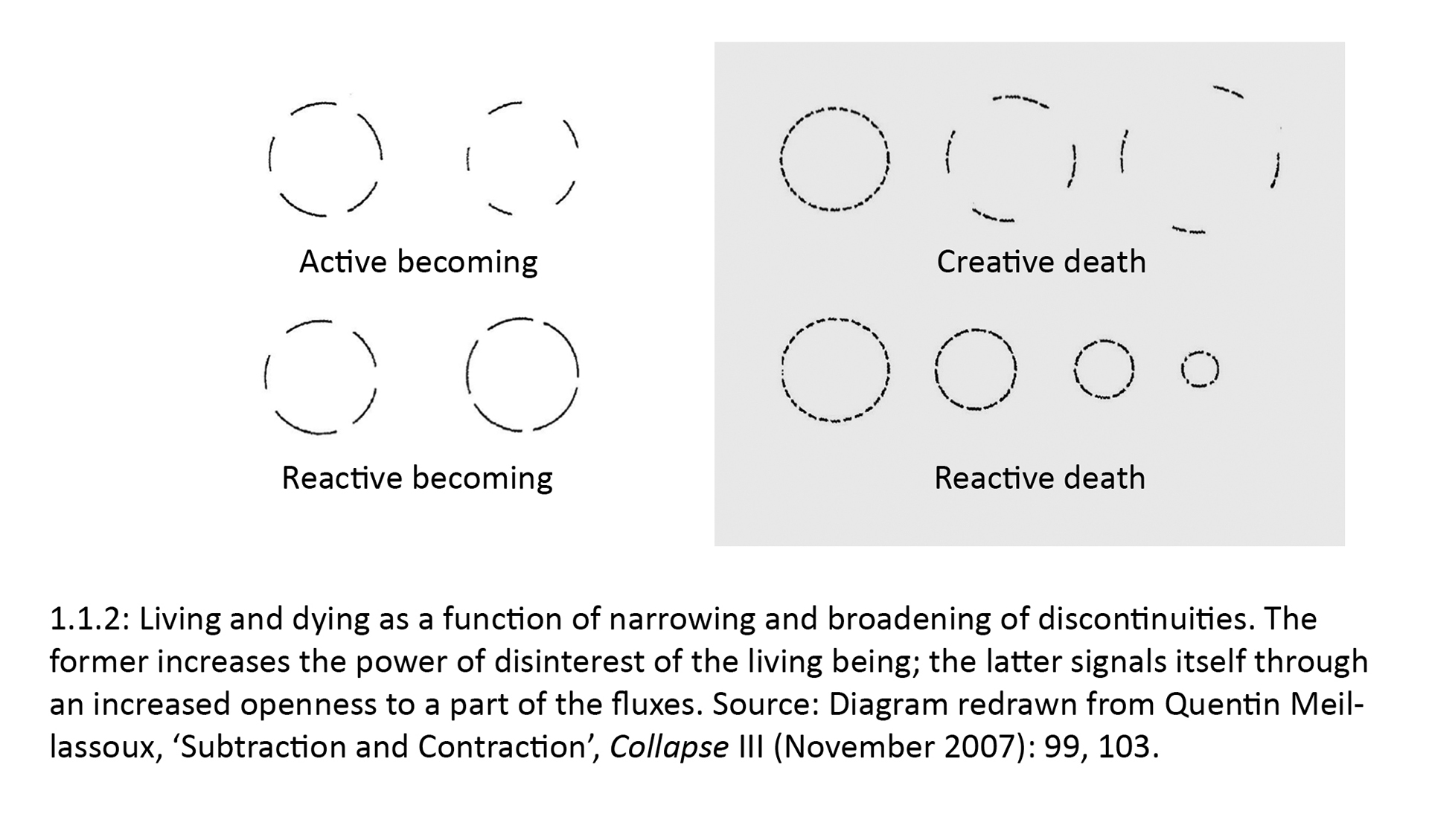Architectures of Life and Death
The Eco-Aesthetics of the Built Environment
Architectures of Life and Death examines both the structures and operations of what is alive in matter and ‘non-living’ in life. They start from the assertion that life extends beyond its merely biological aspects through the non-living artefacts that support it and, at times, oppose it. If an artefact, and its capacity for creating a life, is conceptualised on the basis of its interventionist and manipulative agency, then the very concept of technology – the production and control of artefacts – can surpass the binaries of social and material, human and non-human, living and non-living. In short, the book examines how the built environment and its technicities produce a style for living and dying that may be said to take place simultaneously.

AOLD arises from the Annual National Deleuze Scholarship Conference which is a working symposium intended to bring together scholars, students, researchers, activists, artists, and others whose work revolves around the philosophy of Gilles Deleuze and Félix Guattari. Each year the conference is hosted by a different university in the Netherlands. Previous editions addressed the following central themes:
- Deleuze and Cultural Studies, University of Utrecht, 2012;
- Affect, Delft University of Technology, 2013;
- Passions, Erasmus University Rotterdam, 2014;
- Aesthetics, Radboud University Nijmegen, 2015;
- Machinic Ecologies, University of Amsterdam, 2016;
- Pedagogies, AKI Academy (ArtEZ University of the Arts), Enschede, 2017;
- Politics of Sustainability, University of Utrecht, 2018.
In 2019 the conference returned to TU Delft Faculty of Architecture, with a distinguished guest speaker from Newcastle University, Professor Andrew Ballantyne.
Facts
| Role TU Delft: | Lead partner |
| Project duration: | May 2019 - June 2021 |
| TU Delft researchers: | Andrej Radman Stavros Kousoulas Robert A. Gorny |
Project partners
Andrew Ballantyne (Newcastle University), Renske Maria van Dam (KU Leuven), Gökhan Kodalak (Pratt Institute), Stavros Mouzakitis (NTUA), Antonio Paoletti, (Independent scholar), Dulmini Perera (Dessau Institute of Architecture), Karin Reisinger (TU Vienna), Panagiotis Roupas and Yota Passia (NTUA).
